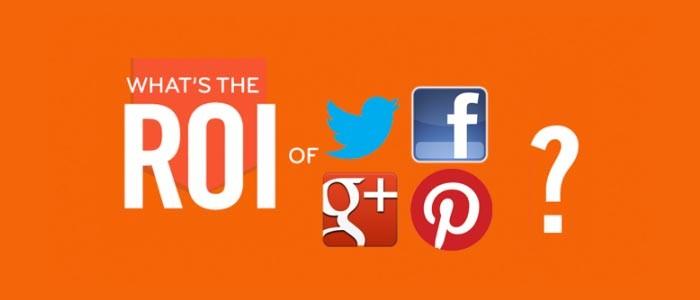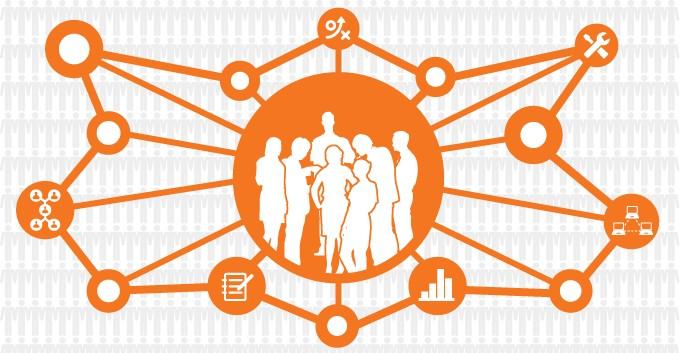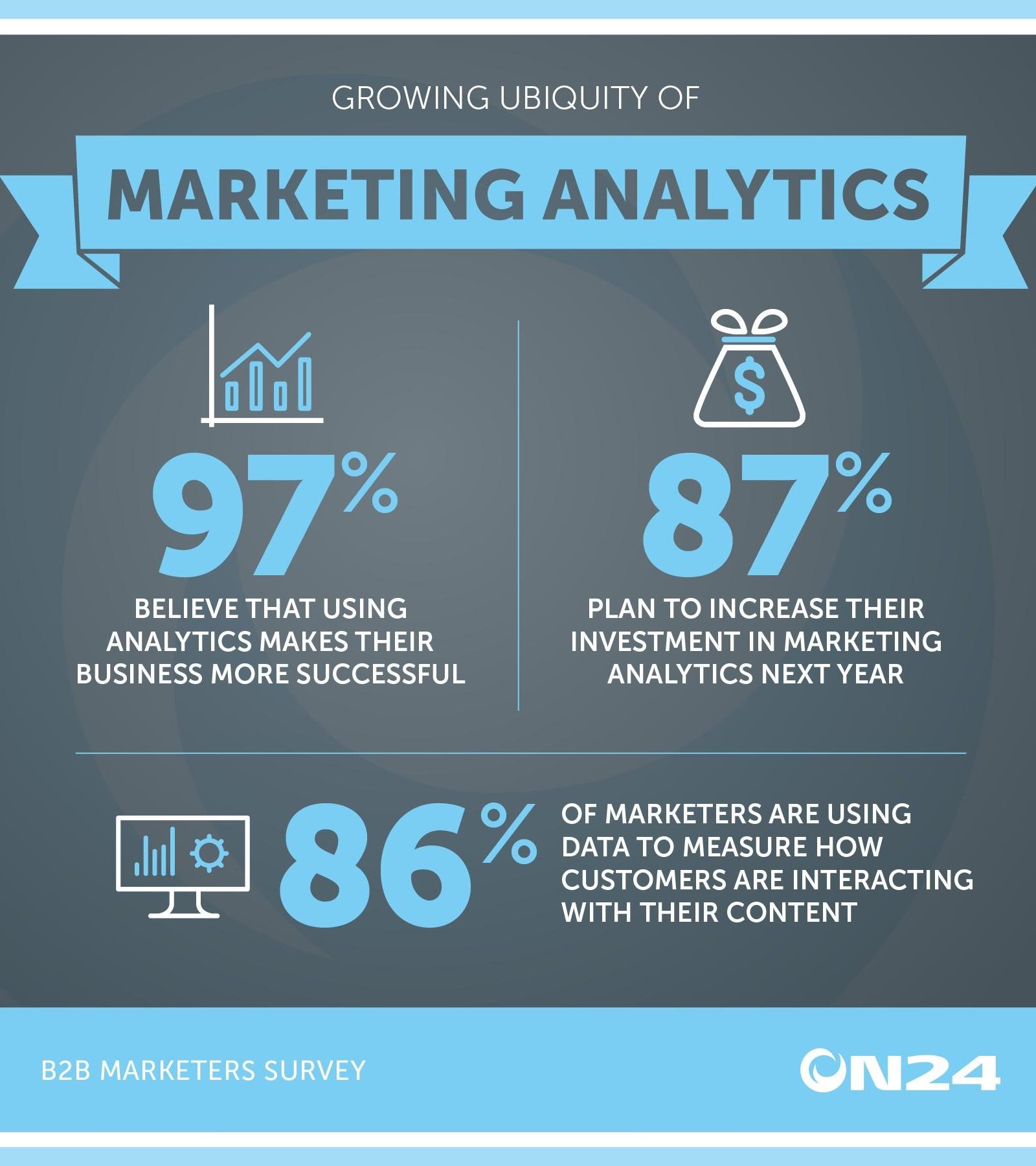Written by Yellowfin Co-Founder and CEO, Glen Rabie
Use of social media has exploded in recent years. It has quickly invaded almost every aspect of our lives – to the point that we wonder how we ever managed without it. Business use of social media is also growing rapidly, as sales, marketing and communications departments and enterprises clamber to better segment, target and interact with customers.
Social media provides a wealth of information that marketers can use to understand their target audiences’ behaviours and preferences. But, it is also a tumultuous hubbub of thoughts and opinions. Therefore, to arrive at any reliable, quantifiable or generalizable conclusions requires the capture of vast amounts of data, which then need to be analyzed and visualized.
Here, Yellowfin Co-Founder and CEO, Glen Rabie, looks at how Business Intelligence software can help marketing departments harness these social platforms as new avenues to market.
The original version of this article was published on bandt.com.au and can be accessed HERE >
Marketing: An increasingly data-driven industry
It’s an inescapable truth that marketing is becoming an increasingly data-driven industry. With many marketing tools – as well as both consumer and business audiences – existing online, everything is more measurable. Marketing as an industry is moving swiftly away from the shadowy arts of ‘gut feel’ towards evidence-based spending. Most aspects of modern marketing can be tracked and analyzed – from click-through rates on banner ads, to SEM marketing and PPC campaigns, the open rates of eDMs, tracking the movements of prospective clients around websites, monitoring visitor interaction with downloadable content, or social media engagement and reach. Big Brother is truly watching.

However, rather than be daunted by this new status quo, marketers should view the movement towards measurement as an opportunity to hone their skills, perfect their campaigns and prove their worth. Data aggregation and analysis should always be treated as an ally and impartial guide.
Marketing analytics for social media
Social media marketing provides perhaps one of the best sources of real-time marketing and target audience feedback, offering a great way for companies to interact with customers, understand their preferences and gain direct response. But, while social media platforms produce a large amount of data, how can marketers collect, collate, analyze and act on that information in order to derive valuable insights and drive smarter decision-making?

Business Intelligence (BI) solutions – which deliver API connectors for third-party Web applications – offer marketers the capability to analyze data captured and generated by popular social media platforms, such as Twitter, LinkedIn or YouTube. This analysis provides a quick and cost-effective way of understanding the impact of social media marketing activities.
Proving ROI
What’s more, BI software with such capabilities can be an incredibly useful way for time-pressed marketers to demonstrate the ROI of their social media campaigns. Furthermore, integrating such data with other data sources and types, within a BI platform, can also assist marketers to understand the relative value of social media activities compared to other tactics and campaigns.

Using BI in social media marketing can also help improve resource management, increase conversion rates and predict future trends and issues. Social media is an ever-changing environment that needs a reactive and flexible marketing strategy cemented by data-based insights.
By enabling users to automatically connect to third-party Web applications and analyze the data produced, BI software is empowering marketers to gain a holistic view of multiple social media platforms. In turn, this ensures quick and reliable decisions can be made based on myriad of data sources.
Point and click technology
But, while marketing as a profession is becoming increasingly technology driven, that doesn’t mean most marketers possess the technical know-how of a professional data analyst.
For example, a marketing manager doesn’t want to have to construct a new chart or dashboard within their BI solution in order to track the performance of the company YouTube channel. It’s for precisely this reason that Yellowfin’s development focus has been on the delivery of pre-built charts and dashboards, which provide the typical ‘views’ of data that most marketing specialists seek. That’s why Yellowfin 7.2 ships with a range of API connectors out-of-the-box, including pre-built reports and dashboards, for applications such as LinkedIn, Twitter, YouTube and more.

Because the predominant social media platforms have accessible APIs, plugging in is straightforward and becomes a matter of point and click. This approach means our marketing customers have all their social media metrics ‘in one place’, negating the need to chop and change between separate – and often very limited – analytics plugins, developed only for one social channel or another. Out-of-the-box connectors, accompanied by pre-built charts, enable marketers to avoid the IT queue and enjoy a near instantaneous understanding of their social media performance. But, more than that, it also empowers marketers to assess, or even combine, data from multiple social media platforms alongside other relevant marketing metrics in order to gain a complete, comparative and contextualized view across different marketing activities.
The democratization of data
A few years ago, this kind of comprehensive data analytics was reserved for corporate giants and heavily guarded by the IT department due to technical inaccessibility, cultural rigidity and sheer cost. However, we’re now seeing the democratization of data, and increasing demand for BI software, throughout the enterprise and from much smaller businesses – including those without specialist IT departments.

With that uptick in, and broadening of, demand for BI software, which has been driven by the lowering of technical and financial barriers, it’s likely that the easy analysis of social media applications will see an even greater number of smaller companies invest in BI software – emboldened by the ability to quickly garner customer insights and feedback.
Making the most of marketing analytics
Market research on the use of social media analytics shows the extent to which the technology is already being used. Demand Metric and Netbase surveyed 125 marketers and found that 60 percent of respondents used social media analytics for campaign tracking, 48 percent for brand analysis, and 40 percent for competitive intelligence.
Interestingly, the same research found the majority of respondents (66 percent) considered audience ‘engagement’ scores to be the most valuable insights gleaned from social media analytics tools.
More broadly, API connectors can assist marketers to quickly analyze the impact of a raft of marketing activities to demonstrate return on investment. Research indicates that analytics is set to play an increasingly important role in marketing departments and organizations across the globe.
The CMO Survey of 2015 – sponsored by the American Marketing Association, Duke University’s Fuqua School of Business and research firm McKinsey & Company – found that spending on marketing analytics will increase 83 percent over the next three years. Another 2015 study, The State of Marketing Analytics: Insights in the age of the customer, predicted a 73 percent increase in spending on marketing analytics over the next three years, with big B2C companies increasing spend by around 100 percent over the same time period.

Virtual events services provider, ON24, in conjunction with research firm RedShift, surveyed more than 200 B2B marketers regarding their use of analytics. Tellingly, 97 percent of survey respondents said that using marketing analytics had made their businesses more successful, while 87 percent reported that they planned to increase investments in marketing analytics over the next 12 months.
